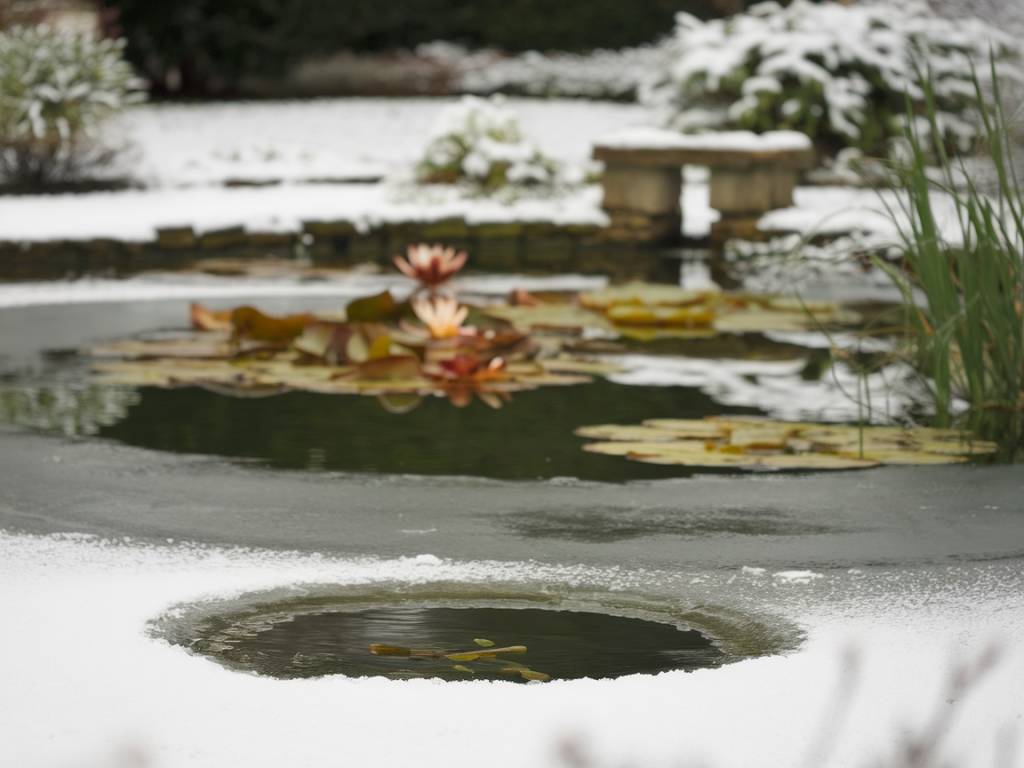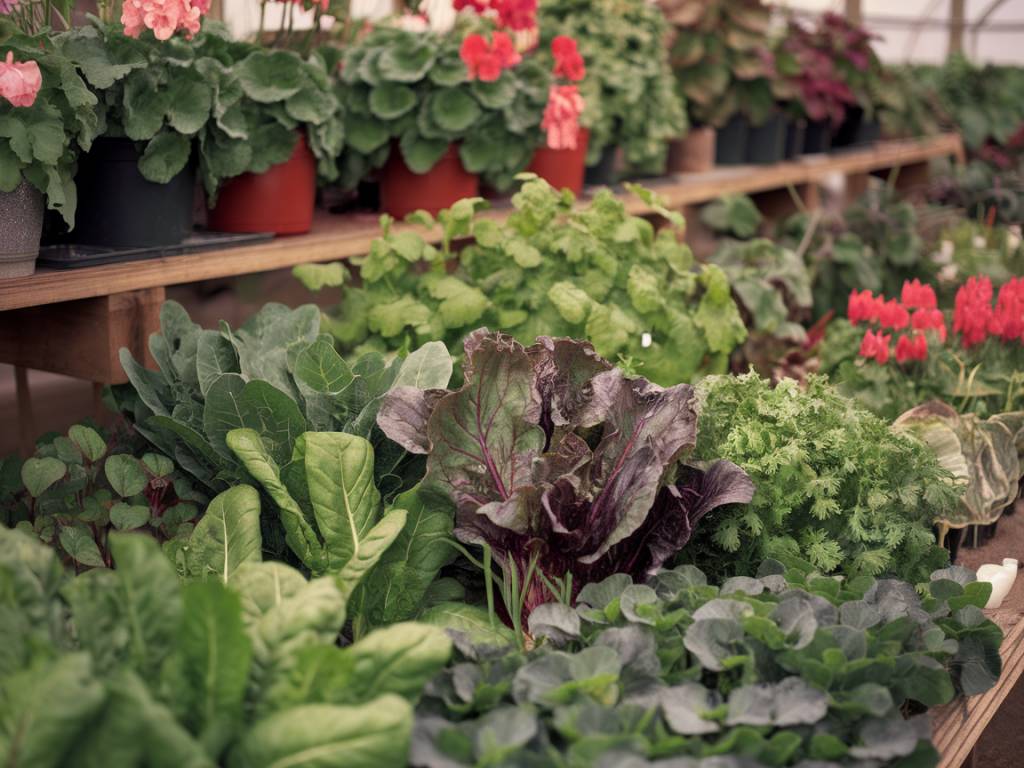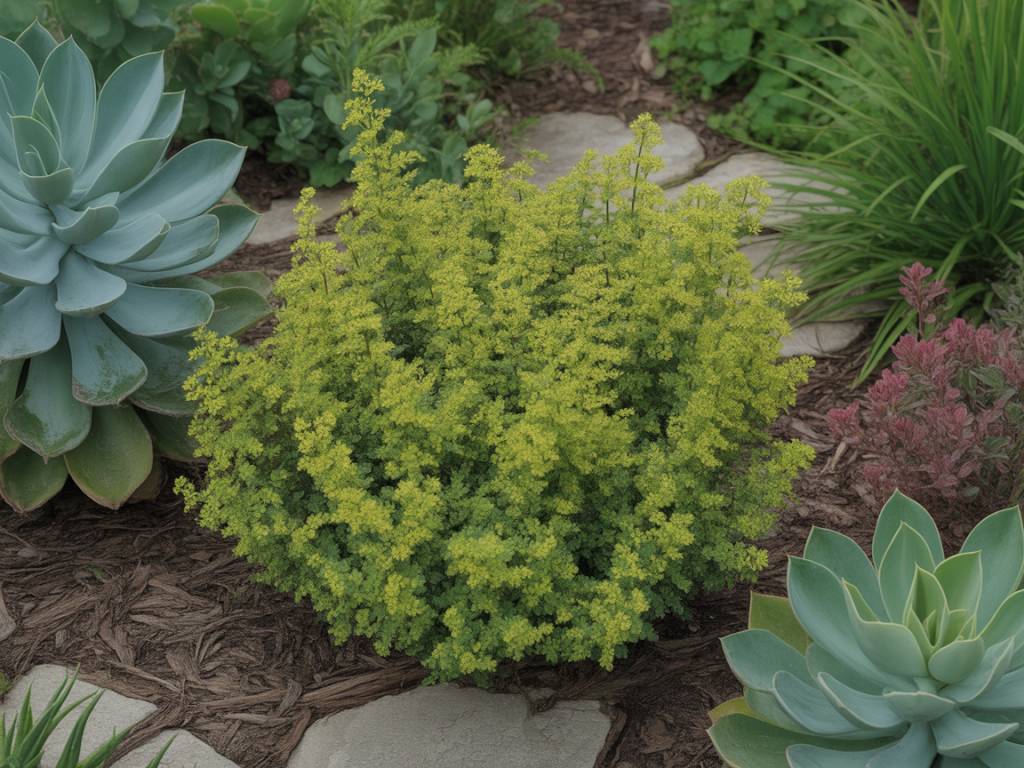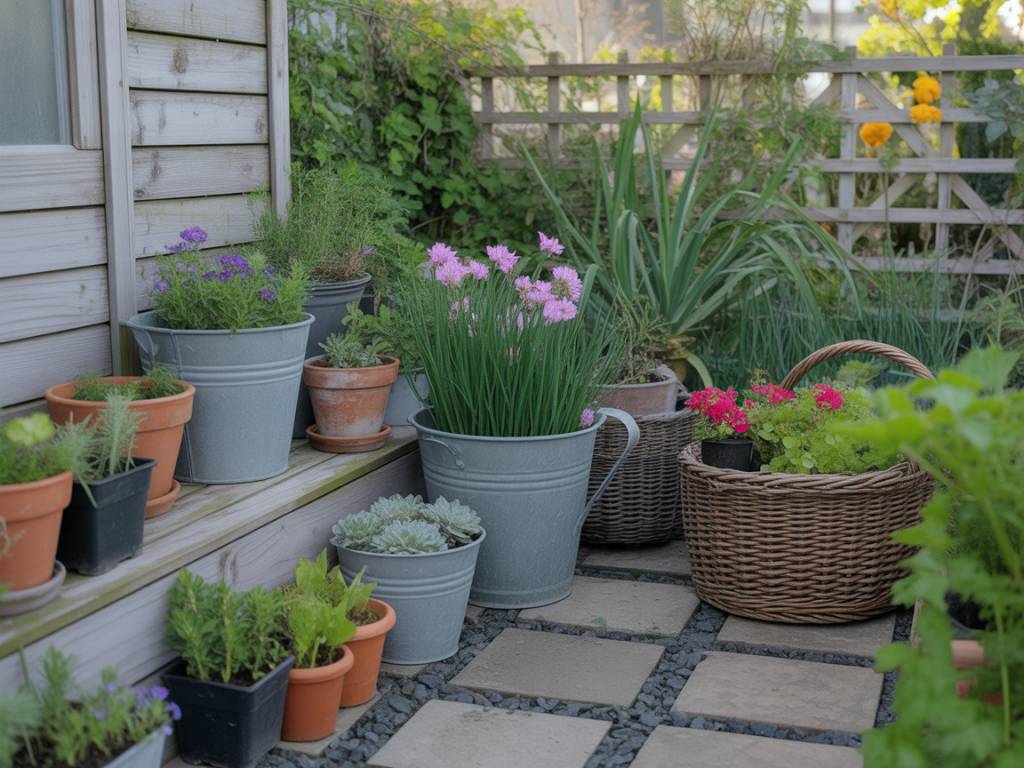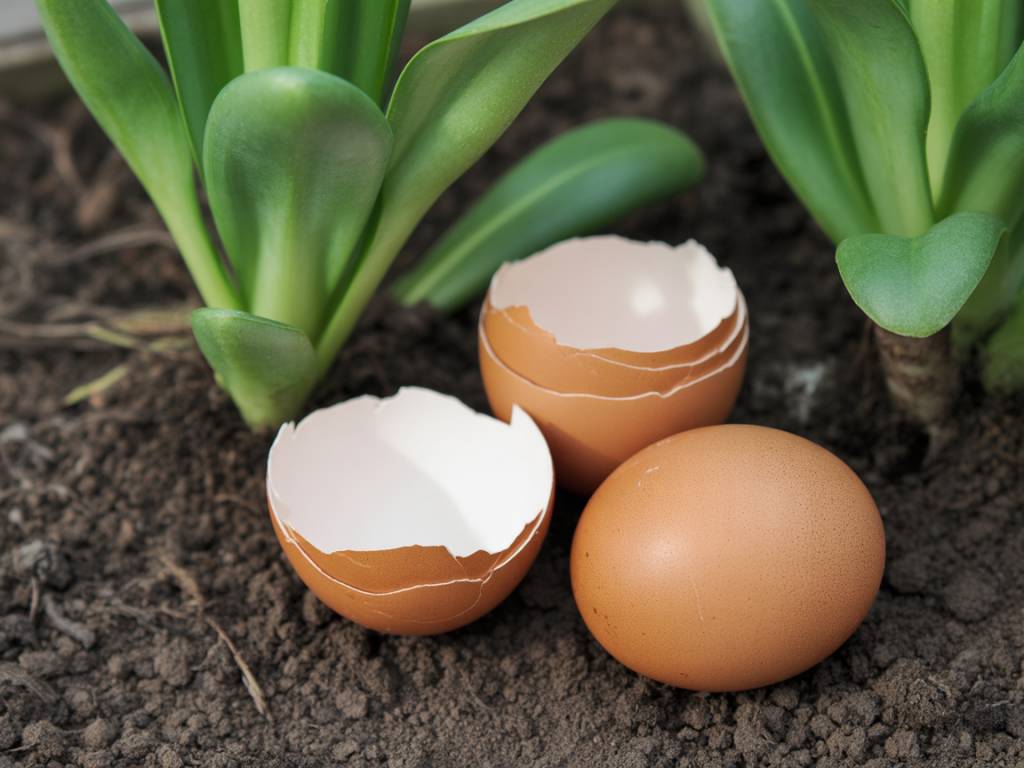There are winter days when the garden feels like it’s holding its breath. The air is still, colours are muted, and even the birds seem to whisper rather than sing. And then, from a misty corner, a cloud of golden pompoms appears, lifting everything. That is the quiet magic of Acacia dealbata – the mimosa – a small tree that turns late winter into a scented celebration for both gardeners and wildlife.
What makes Acacia dealbata so special?
Acacia dealbata, often simply called mimosa, is a graceful evergreen tree hailing originally from Australia. In our temperate gardens, it becomes a luminous presence just when we need it most.
Its charms are many:
- Scented winter blossom – clusters of soft, fluffy, bright-yellow flowers that appear from late winter into early spring.
- Evergreen foliage – finely cut, fern-like leaves in a soft silvery green that lend an airy, almost cloudlike texture all year.
- Elegant habit – an open, slightly weeping structure that looks as though a gentle breeze is always passing through.
- Wildlife-friendly – a generous source of pollen and shelter when little else is on offer.
In the right spot, mimosa grows quickly, forming a small to medium-sized tree. In mild coastal areas, it can become impressively large, but in most UK gardens it remains a manageable size with a little thoughtful pruning.
A scented beacon in the winter garden
On a cold February morning, few scents are as surprising as mimosa. Its fragrance is warm, powdery and slightly honeyed – some people detect a hint of almond, others a soft floral soapiness. It’s the kind of scent that makes you close your eyes and breathe in a little deeper.
Because it flowers on bare or near-bare wood, those golden pompons stand out even more against winter skies. Planted where low sunlight can catch it – near a path, by the front door, or opposite a window you often look through – mimosa turns short winter days into little moments of joy.
If you love to bring the garden indoors, mimosa is a generous cut flower. A few sprigs in a simple jug will perfume a whole room. Just remember to cut sparingly, leaving plenty for visiting insects and for the tree’s overall shape.
Why winter wildlife loves mimosa
It’s easy to think of gardens in winter as quiet, almost dormant spaces. But there’s a hidden busyness going on: birds searching for shelter, pollinators waking on mild days, and countless tiny creatures needing refuge.
Mimosa supports this secret life in several ways:
- Early pollen for pollinators
The fluffy flower heads are rich in pollen. On sunny late-winter or early-spring days, you may notice bees buzzing around the blooms, grateful for this early feast when few other plants are yet in flower. - Evergreen cover for birds
Those feathery leaves create a dense yet airy canopy. Small birds, such as robins and tits, sometimes use mimosa as a sheltered perch or staging post between feeders and hedges. It’s not the widest-known nesting tree in the UK, but as cover during cold spells, it is invaluable. - Micro-habitats in the canopy
The delicate branching structure and evergreen foliage offer countless nooks and crannies for insects and spiders. And where insects thrive, birds follow.
Think of mimosa as a little winter café and hostel combined – providing both food and lodging when the garden’s pantry looks bare.
Can mimosa grow in the UK climate?
This is often the first question gardeners ask, especially if they’ve seen mimosa thriving on Mediterranean holidays or in mild coastal towns.
In short: yes, you can grow Acacia dealbata in many parts of the UK, but it does have its preferences:
- Hardiness – generally hardy down to about -5°C to -8°C once established, but young plants are much more vulnerable.
- Best regions – coastal areas, urban gardens, and milder parts of the south and west of the UK offer the most reliable conditions.
- Frost pockets – exposed, low-lying or very windy sites can be challenging. In such areas, container growing is often safer.
If your garden sits in a colder region, don’t abandon the idea; it simply means you’ll need to be strategic with siting and protection. Many gardeners successfully coax mimosa through winters by treating it almost like a treasured guest: sheltered, watched, and fussed over when frosts threaten.
Where to plant mimosa for the best effect
Mimosa is at its most enchanting when you can see and smell it daily, not tucked away at the far end of the garden.
Consider these placements:
- Near an entrance
Plant it by a front gate or doorway so every trip outside in late winter becomes a scented encounter. - Outside a favourite window
If you have a kitchen, sitting room or bedroom window you often gaze from, placing mimosa opposite turns grey days into golden ones. - Against a warm wall
A south- or south-west-facing wall wraps mimosa in a gentle microclimate, protecting it from frost and wind. The reflected warmth often means earlier and more abundant flowers. - In a courtyard or sheltered patio
Small urban gardens, with their brick boundaries and relatively protected air, can be perfect homes for mimosa.
Remember its potential height – often 4–8 metres in favourable conditions. In a small garden, you can keep it more modest with careful pruning, but it’s still important not to squeeze it into a space where it will quickly feel cramped.
Soil, light and water: getting the basics right
Mimosa isn’t impossibly fussy, but it does have some preferences that are worth respecting.
- Light
Full sun is ideal. Mimosa loves bright, open positions and rewards you with better flowering and denser growth. - Soil
Well-drained soil is essential. It tolerates a range of soil types, from light sandy ground to more loamy conditions, but hates sitting in cold, heavy, waterlogged earth. If your soil is clay-heavy:- Plant on a slight mound to improve drainage.
- Incorporate plenty of sharp sand or grit into the planting hole.
- Avoid the wettest spots in your garden.
- Watering
In its first couple of years, water regularly in dry spells so roots grow deeply and widely. Once established, mimosa becomes quite drought-tolerant, especially in the ground.
If you garden on chalky or very poor soil, a generous addition of organic matter at planting and a light mulch each spring will keep your mimosa happier and more resilient.
Growing mimosa in pots
If your climate is a little too uncertain or you only have a balcony or patio, a container-grown mimosa can be a lovely compromise.
To grow mimosa in a pot:
- Choose a large container with excellent drainage holes.
- Use a free-draining compost – a mix of John Innes No. 2 or 3 with added grit works well.
- Position the pot in a sunny, sheltered spot.
- In winter, move the container closer to the house, under a porch or into a cool conservatory if sharp frosts are forecast.
- Water consistently in summer; container plants dry out faster than those in the ground.
Potted mimosas may stay smaller but can still flower beautifully and fill a patio with that unmistakable scent.
Planting and early care
When you bring home a young mimosa, think of it as a sapling with big dreams but a tender heart. Its first few winters are crucial.
When planting:
- Dig a hole at least twice as wide as the root ball but no deeper.
- Loosen the soil at the base to encourage downward root growth.
- Set the tree at the same depth it was in the pot – no deeper.
- Backfill gently, firming the soil around the roots without compacting it too hard.
- Water thoroughly and mulch around (but not touching) the trunk.
In the first two or three winters, be generous with protection:
- Wrap the young trunk with horticultural fleece in severe cold.
- Add an extra layer of mulch around the base to keep roots cosy.
- If planted in a very exposed spot, consider a temporary windbreak.
Once your tree is established, it becomes remarkably more resilient, often shrugging off cold spells that would have troubled it in its youth.
Pruning for shape, flowers and safety
Mimosa flowers on the previous season’s wood, which means timing is important if you want both a good shape and plenty of blossom.
Follow these gentle guidelines:
- Best time to prune
Prune immediately after flowering, usually in late winter or very early spring, before the new flush of growth begins. - What to remove
Take out any dead, damaged or crossing branches first. This keeps the tree healthy and open to light and air. - Controlling height and spread
If space is limited, lightly shorten the previous year’s growth, cutting back to a healthy bud. Avoid harsh, dramatic cuts unless you’re rejuvenating a neglected tree. - Pollarding (with caution)
Some gardeners in milder climates pollard mimosa, cutting back hard to a framework to keep it small and produce lots of new flowering wood. This can be effective but is stressful for the tree in colder areas, so only attempt it if your plant is very vigorous and well-established.
Always step back between cuts to look at the overall shape; mimosa is naturally graceful, and your job is more to refine than to redesign.
Common problems and how to help your mimosa
Healthy mimosas are usually trouble-free, but there are a few issues worth watching for.
- Frost damage
After a hard winter, you may notice blackened leaves or dieback on younger shoots. Wait until all risk of frost has passed in spring, then:- Prune back to green, healthy wood.
- Feed lightly with a balanced, slow-release fertiliser.
- Mulch and water well to encourage recovery.
- Wind rock
In very exposed sites, strong winds can loosen the roots of young trees. Staking your mimosa in its early years helps, as does planting in a naturally sheltered corner. - Yellowing leaves
This can be a sign of poor drainage or nutrient imbalance. Check that the roots aren’t sitting in soggy soil, and if in a pot, ensure the compost hasn’t become compacted or exhausted. A spring feed of a general-purpose fertiliser usually helps.
Often, simple care – good drainage, shelter and thoughtful watering – makes all the difference between a sulky mimosa and a radiant one.
Companion planting for a richer winter scene
Mimosa is stunning on its own, but when combined thoughtfully with other plants, it can become part of a truly enchanting winter tapestry.
Consider pairing it with:
- Winter-flowering shrubs like Sarcococca (sweet box), Daphne odora or Hamamelis (witch hazel) for layers of fragrance and flower at nose height.
- Evergreen structure – low box balls, clipped yew or even simple evergreen grasses to anchor the mimosa’s airy canopy.
- Spring bulbs – plant snowdrops, crocus, early daffodils or iris reticulata beneath the tree to catch the returning light as it filters through the blossoms.
- Wildlife plants – ivy on nearby fences, a nest box, or a small pond will turn the area around your mimosa into a haven for birds and insects.
Together, these companions weave a story of winter that isn’t about bare survival, but about quiet abundance and anticipation.
Is mimosa the right choice for your garden?
If you love the idea of a plant that:
- Brings intense colour and scent when the rest of the garden is resting,
- Offers shelter and early resources to wildlife,
- Feels both exotic and surprisingly at home in a sheltered UK corner,
then Acacia dealbata is well worth considering.
It does ask a few things in return: a bright, sheltered spot, a little protection in its youth, and respect for its potential size. But it rewards those efforts with an annual performance that becomes a cherished ritual. Many gardeners can tell you exactly when their mimosa first opened its buds each year, as though they were recalling a favourite holiday or family celebration.
If you’re standing in your garden, mug of tea in hand, imagining where such a golden cloud might fit, that’s already the beginning. Mark out a sunny corner, test the soil, and think of the birds and bees that will one day weave through its branches. A winter garden doesn’t have to be quiet or colourless; sometimes, all it needs is one luminous tree to change the entire mood.



